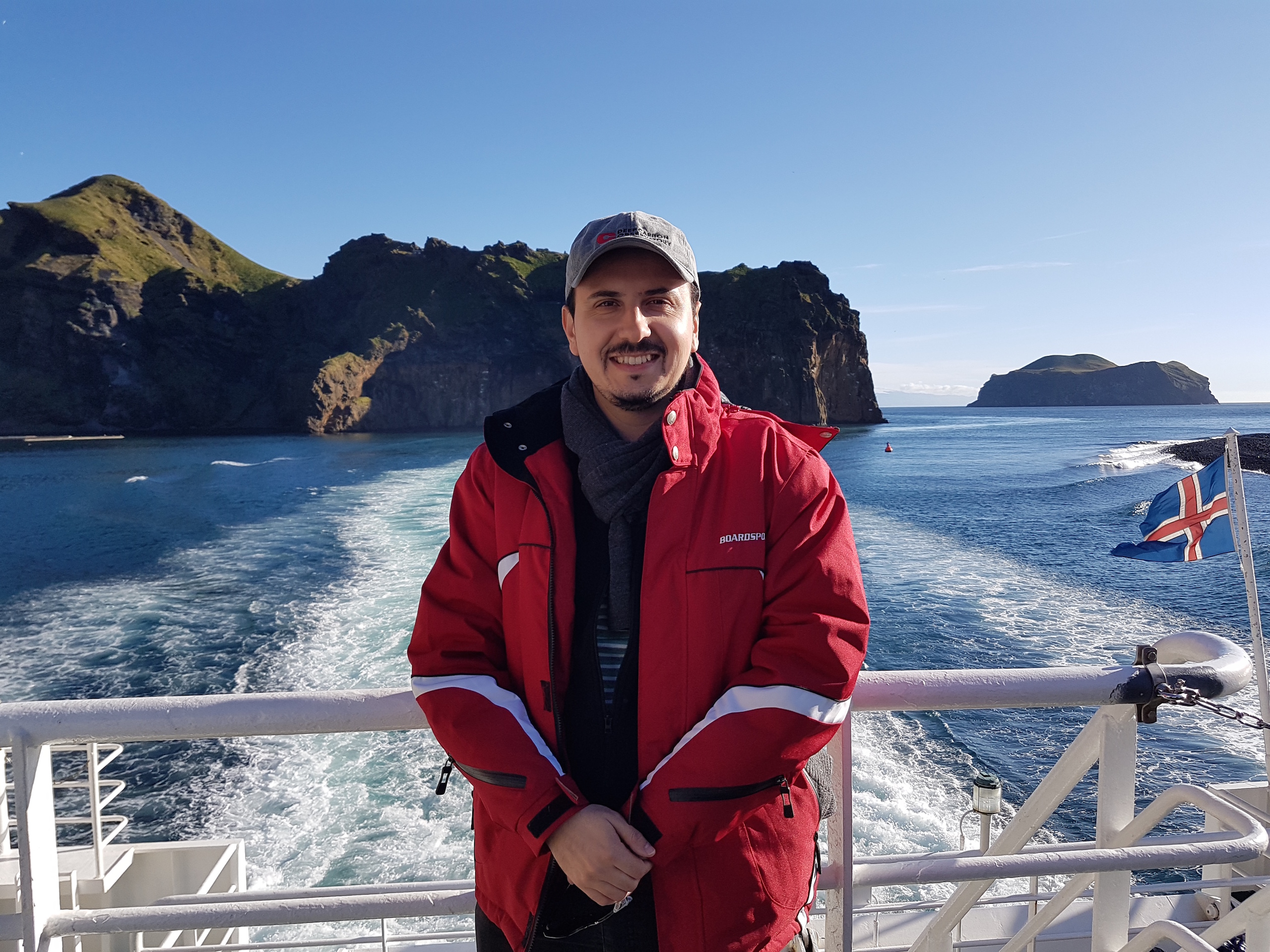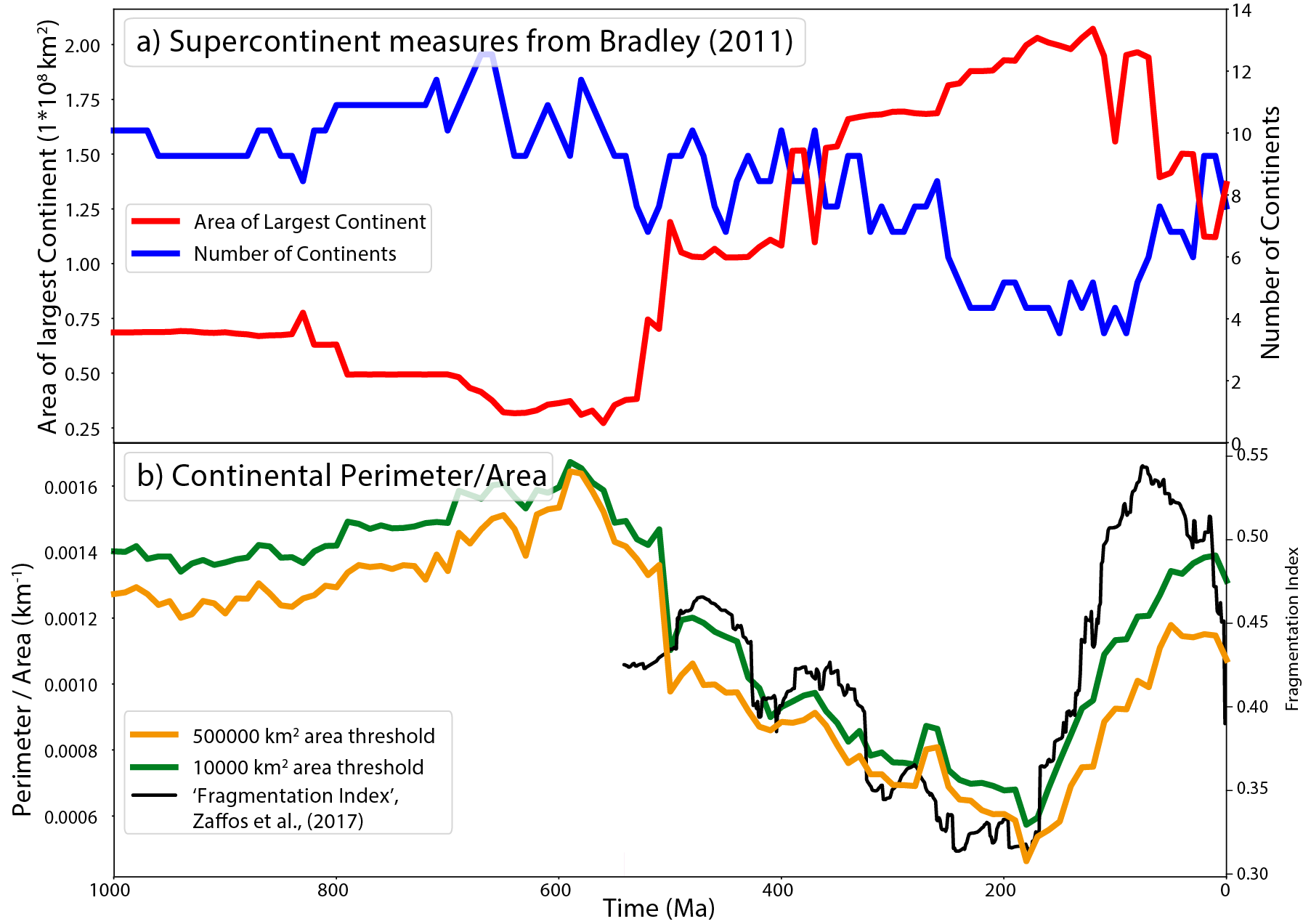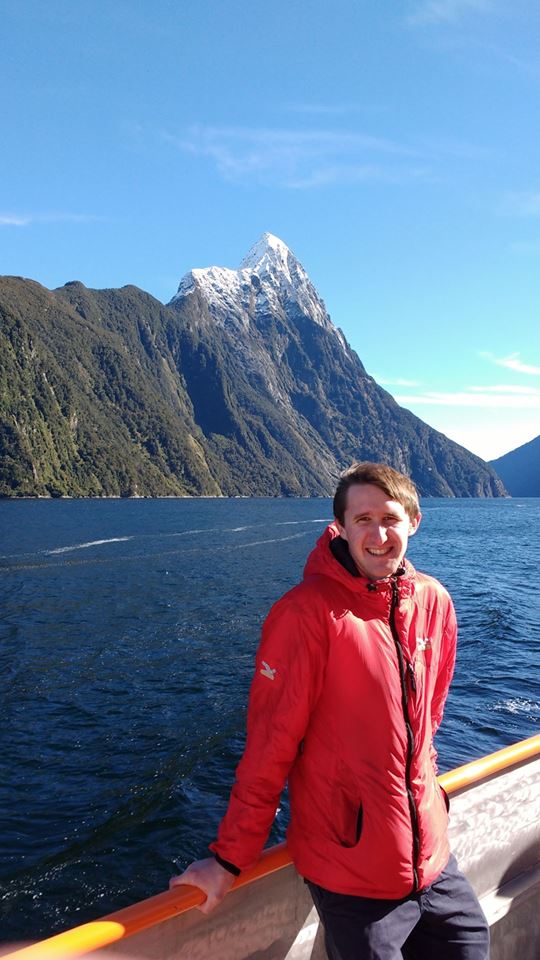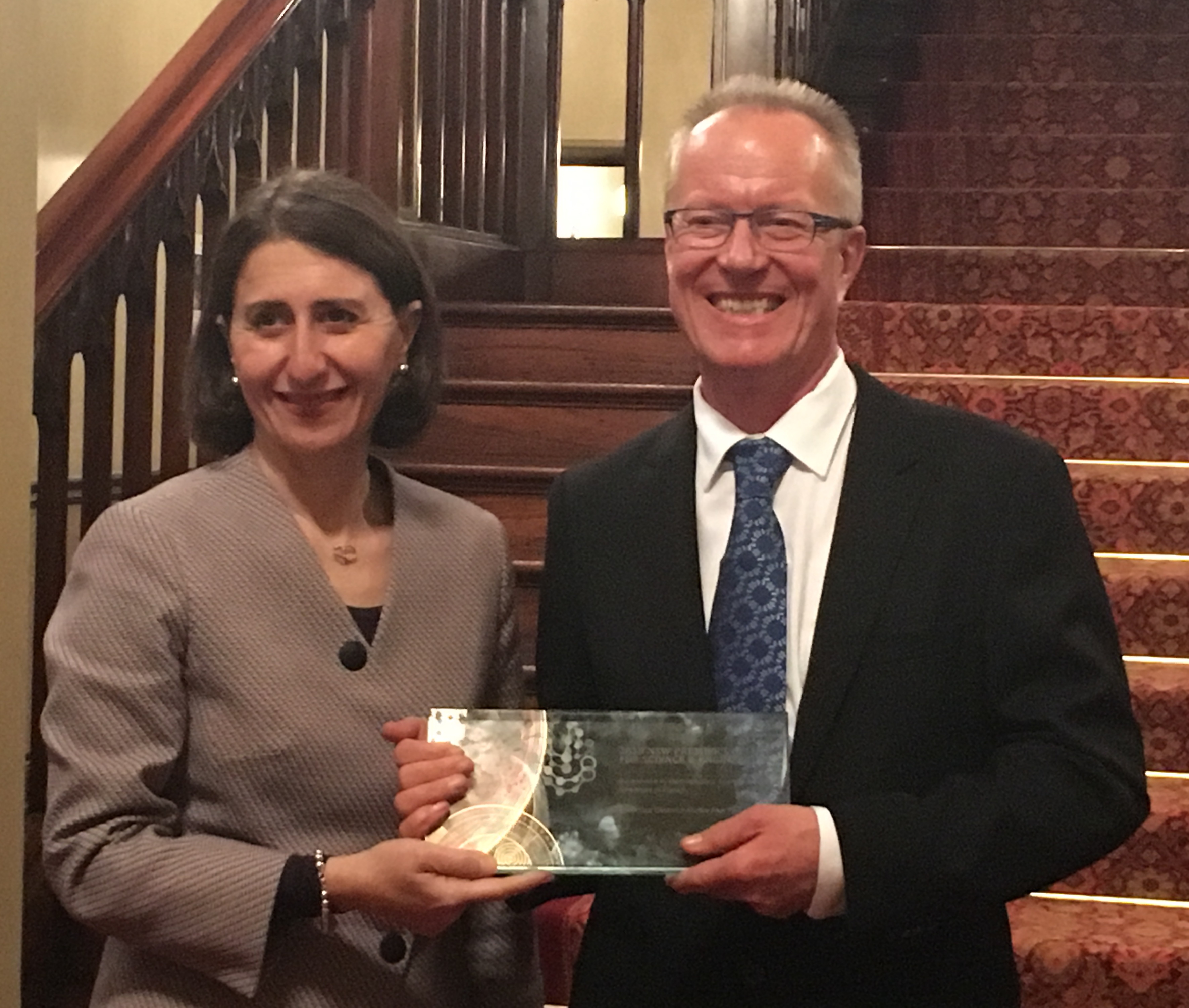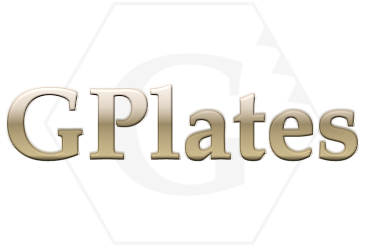Roberto Spina reviews the future of Big Data and Artificial Intelligence Analytics in Geosciences
Roberto Spina, a computational geologist from Italy, wrote a lead article in GSA Today, in which he reviews the future of Big Data and Artificial Intelligence Analytics in Geosciences, using Adriana Dutkiwicz’s digital seafloor lithology map published 3 years ago as a ground-breaking example. The article includes a South Atlantic view of the virtual globe portraying her map, … Read more…



